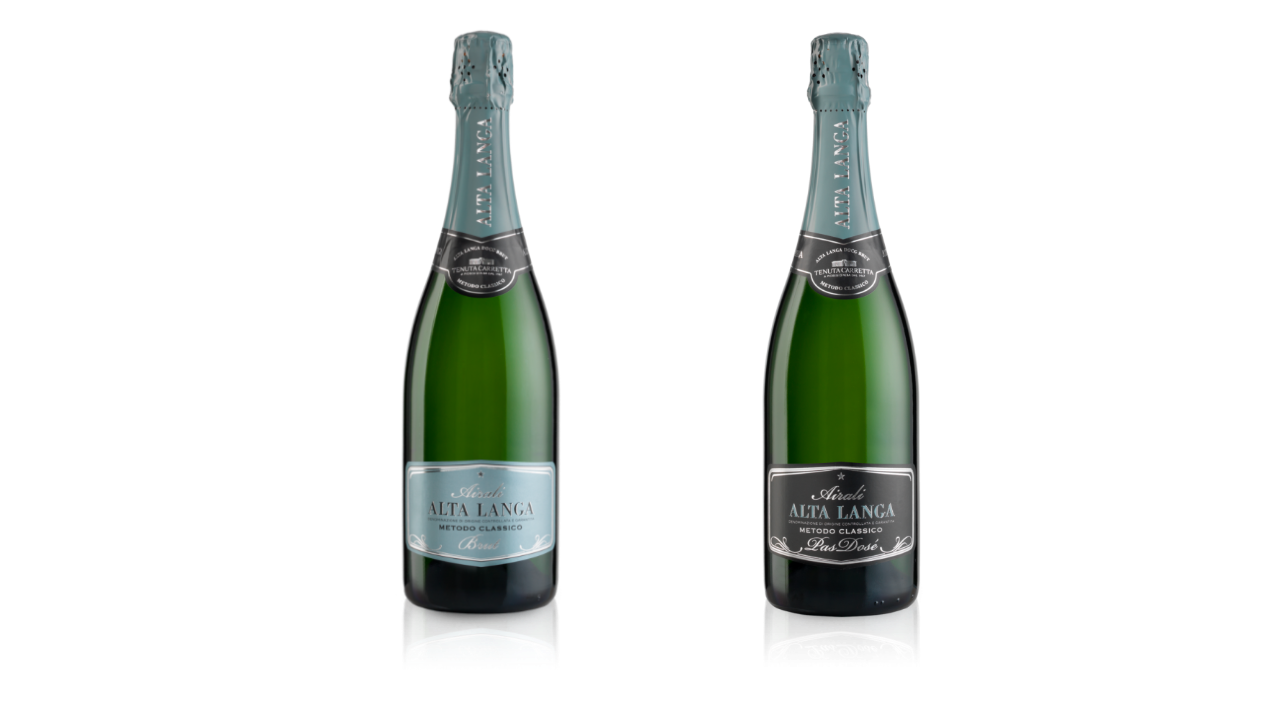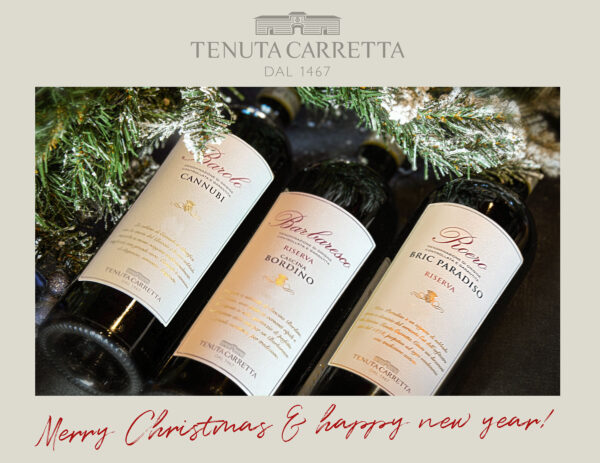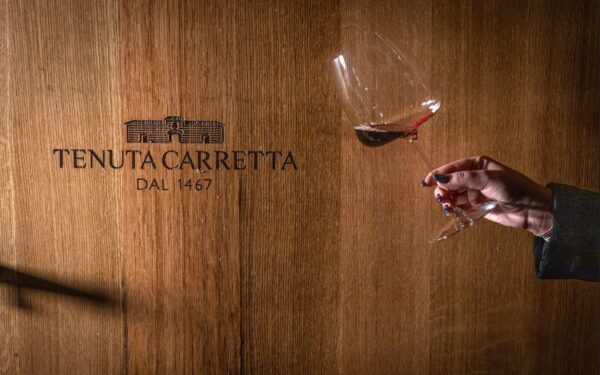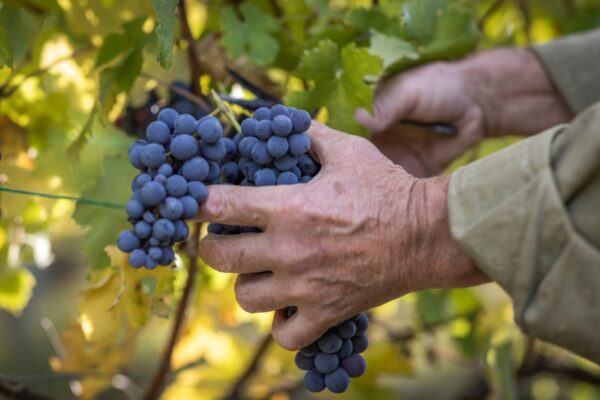• Winery, Hospitality, Wines
Alta Langa, the origins of the Piedmontese Classic Method
Reading time in
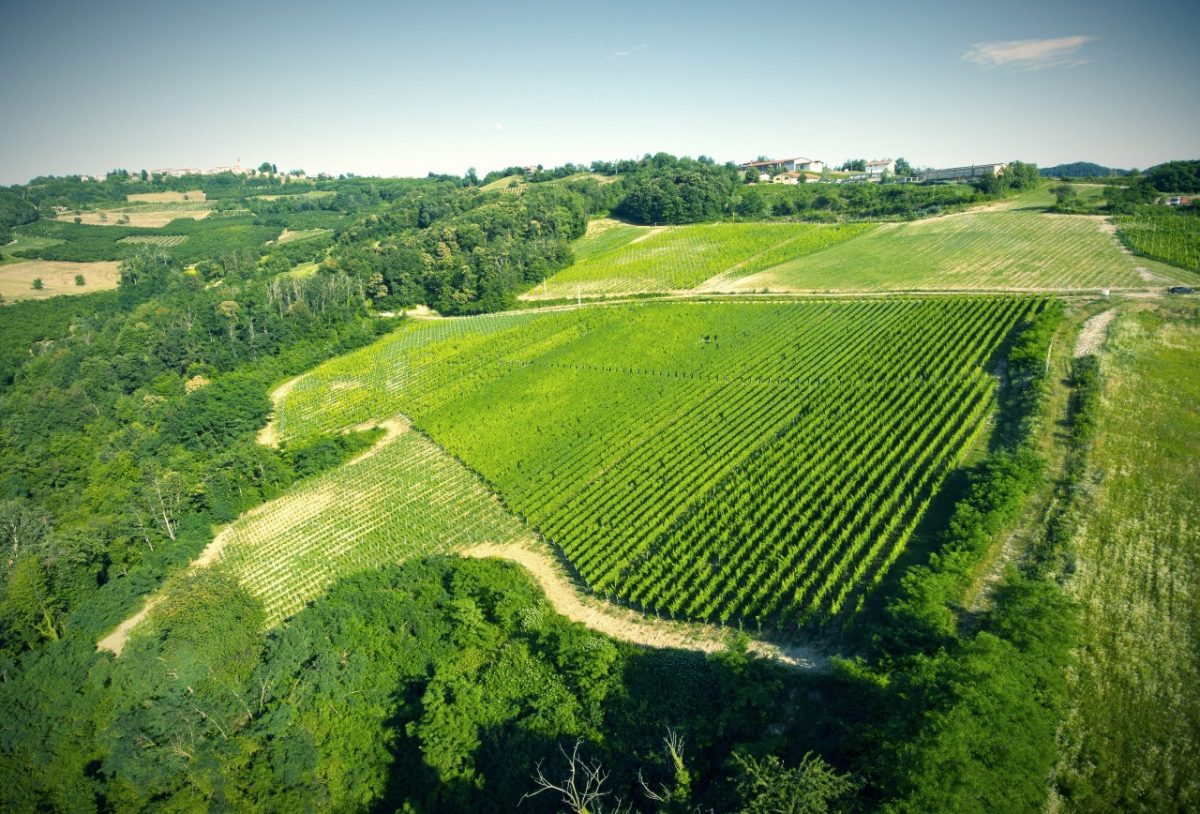
In questo articolo, a firma di Giovanni Minetti (Ceo di Tenuta Carretta) si approfondisce la nascita del Metodo Classico Alta Langa. Una storia di innovazione e riscatto, in cui la voglia di dimostrare la vocazione del Piemonte alla spumantistica si trasforma in un’occasione per innovare la viticoltura delle Langhe.
The second part is available >>> HERE
THE ORIGINS OF THE CLASSIC “ALTA LANGA” METHOD
by Giovanni Minetti
The eighties were about to end – we were in November 1989 – and from the areas of Oltrepò Pavese, Franciacorta, Trentino and Alto Adige, winds were blowing against the Piedmontese sparkling wine.
The attempt to exclude Piedmont from the parlor of Italian sparkling wine was obvious. The belonging of the most prestigious Piedmontese companies to a common home such as the Istituto Italiano Metodo Classico was not enough to curb this proposal. What constituted reason for reflection was the awareness that, despite the unequivocal and certified Piedmontese roots of the Italian sparkling wine sector, the Piedmontese protagonists had long neglected their territory as a possible area of origin of the Chardonnay and Pinot Noir grapes for the production of Method sparkling wines. Classic, continuing to orient itself for the purchase of raw materials towards Oltrepò Pavese and Trentino.
THE “HOLY ALLIANCE”
To react to this exclusion, a “holy alliance” was first proposed between the vineyards in the provinces of Cuneo, Asti and Alessandria. Initially, the strategy seemed oriented to focus on a journalistic campaign, conducted on a large scale, to argue that the Piedmont hills were also suited to the cultivation and production of Classic Method sparkling wine grapes. However, it soon became clear that such an approach would not lead to any results. It was not enough to respond with a beautiful statement of vocationality. It was necessary to prove unquestionably that the Piedmont hills were suited not only to the production of great wines but also suitable for the varieties destined for the production of high quality Classic Method sparkling wines.
PROJECT “METODO CLASSICO IN PIEMONTE”
They were Gianfranco Caci (Cinzano), Alberto Contratto (Contract), Alessandro Abbruzzese (Tenimenti di Barolo and Fontanafredda), Vittorio Vallarino Gancia (Gancia) Gancia, Giorgio Giusiana (Martini & Rossi), Ottavio Riccadonna (Riccadonna) and Giuseppina Viglierchio (Vini Banfi ) to sign on February 28, 1990 the pact of understanding that gave rise to the “Progetto Spumante Metodo Classico in Piedmont”. On 5 March 1990 the “Progetto Spumante” was officially presented in Asti.
THE OBJECTIVES
There were two objectives of the “Progetto Spumante”. Firstly, to demonstrate, through rigorous scientific research and investigations, the existence of soil and environmental conditions favorable to the cultivation of Chardonnay and Pinot vines for the production of “Metodo Classico” sparkling wines in Piedmont. Secondly, to stimulate in the Region the birth and development of a viticultural sector oriented to the production of “Classic Method”. The works were started at the end of spring, under the technical-scientific responsibility of the Asti Section of the Experimental Institute for Viticulture, a collaboration officially sanctioned with the signing of two important documents, the Convention and the Program of Activities. The technical-scientific responsibility was entrusted to Dr. Lorenzo Corino, head of the Asti Operations Section, while the secretariat and communication activities were entrusted to Studio Montaldo, in Alba.
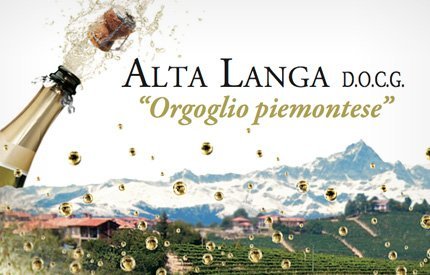
Campagna pubblicitaria Alta Langa “Orgoglio piemontese (2012)
THE VINEYARDS ARE WANTED
The guidelines were not enough to carry out the “Project”, the grapes were needed, and therefore the vineyards.
At the end of January 1991 the proposal to stimulate – within a wide hilly area in the southern provinces of Piedmont – the planting of some experimental vineyards was brought to the table of the Councilor for Agriculture of the Piedmont Region, Emilio Lombardi , made according to optimal technical-scientific criteria, in order to carry out more probative verifications of the viticultural aspects and to launch effective investigations also from the oenological point of view.
The result of all this was the granting of a ceiling of 18 hectares of experimental vineyards that the Piedmont Region made available to the “Sparkling Project”. With the supervision of Lorenzo Corino and all the staff of the Experimental Institute for Viticulture of Asti and with the support and assistance intervention of the viticultural technician Giovanni Malerba, in the spring of 1992 work began on the design and construction of the first vineyards experimental.
The article continues in the >> next post
